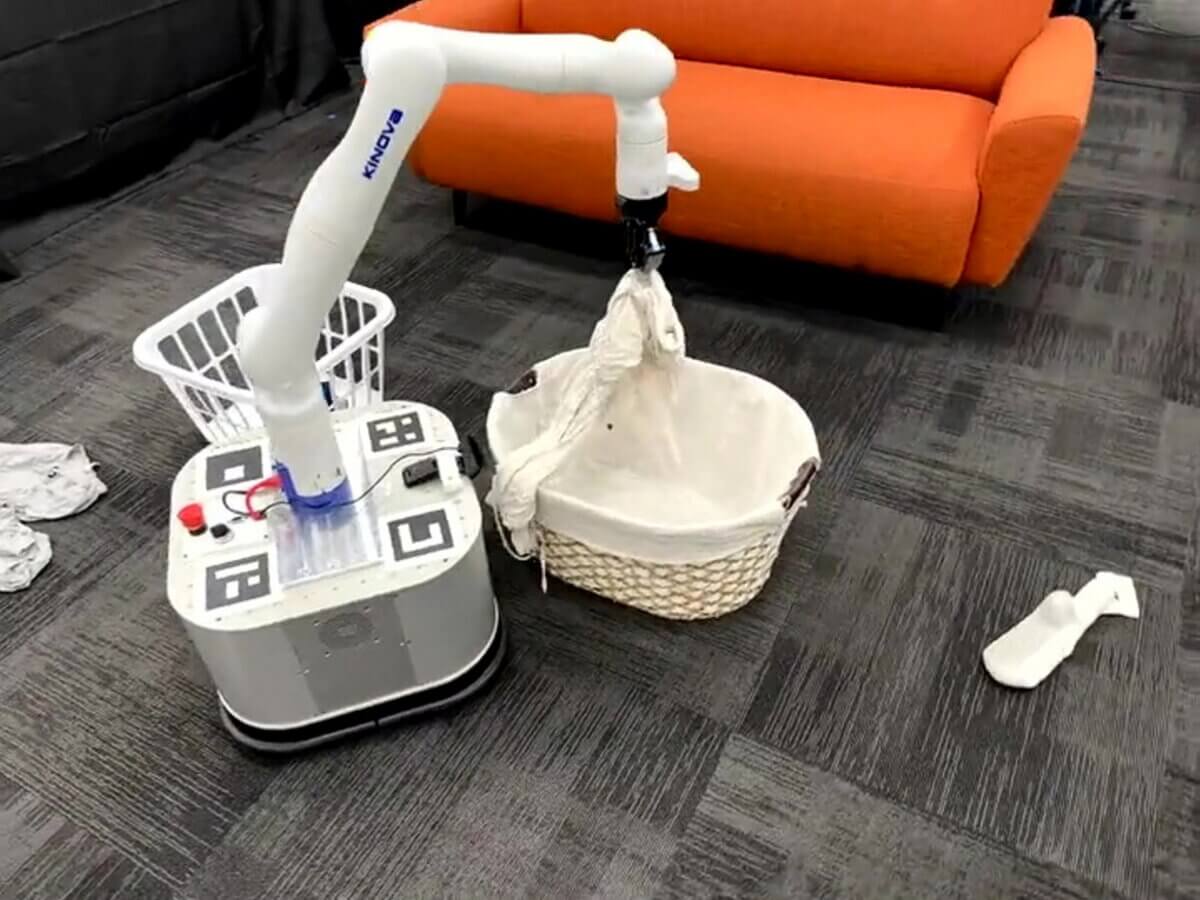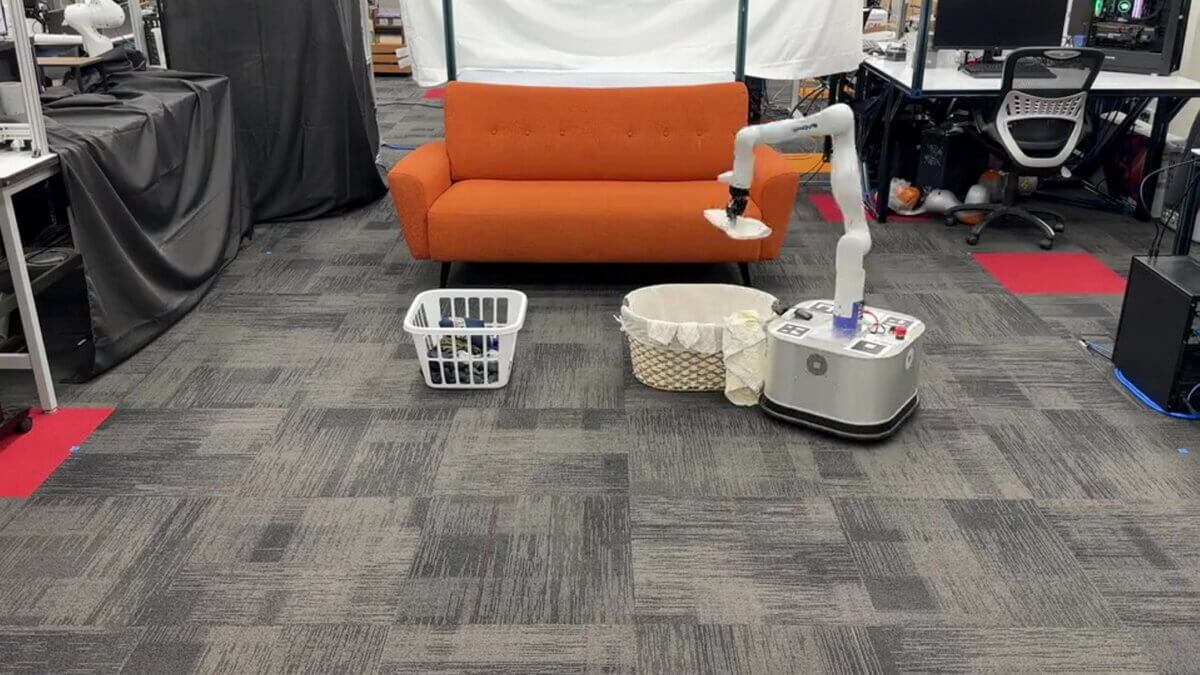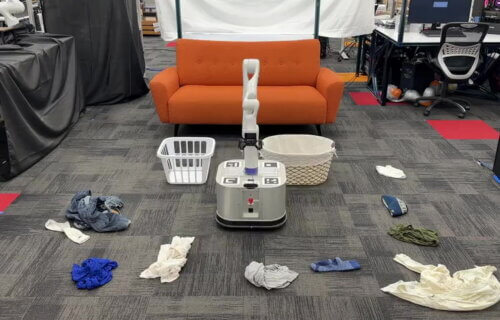PRINCETON, N.J. — Lazy teens (and adults) could soon see all of their cleaning problems disappear, thanks to a robot called TidyBot! Researchers at Princeton University have developed a machine that can spruce up rooms by picking up objects and putting them in their proper place.
Useful demonstrations have included sorting laundry into lights and darks, identifying recyclables, and putting other household items where they belong. The clever bot is even capable of placing toys into a drawer and accurately tossing empty drink cans into the correct garbage bin.
“For a robot to personalize physical assistance effectively, it must learn user preferences that can be generally reapplied to future scenarios,” the team at Princeton’s School of Engineering explains in a media release.
“In this work, we investigate personalization of household cleanup with robots that can tidy up rooms by picking up objects and putting them away.”

The team say a key challenge is determining the proper place to put each object, as people’s preferences can vary greatly depending on personal taste or cultural background.
“For instance, one person may prefer storing shirts in the drawer, while another may prefer them on the shelf,” they add in a statement.
The researchers aim to build systems that can learn these preferences from just a handful of examples during prior interactions with a particular person. They created TidyBot, a real-world mobile manipulator, to test the theory. It managed to successfully put away 85 percent of objects in real-world test scenarios.

“We aim to build systems that can learn such preferences from just a handful of examples via prior interactions with a particular person,” Princeton researchers explain.
“We show that robots can combine language-based planning and perception with the few-shot summarization capabilities of large language models (LLMs) to infer generalized user preferences that are broadly applicable to future interactions. This approach enables fast adaptation and achieves 91.2% accuracy on unseen objects in our benchmark dataset.”
Modern robots could soon have a sense of touch as well
If you’re worried about how a robot will treat your delicate clothes, fear not, scientists are also working on giving machines the sense of touch.
In 2022, researchers at Carnegie Mellon University created a system called ReSkin. It enables robots to differentiate between objects – such as thin layers of cloth – using only their sense of touch, something that is second nature for humans. However, for robots, the team says tasks such as grabbing a glass or folding towels have been “extremely challenging” until now.
“Humans look at something, we reach for it, then we use touch to make sure that we’re in the right position to grab it,” says David Held, an assistant professor in the School of Computer Science and head of the Robots Perceiving and Doing (R-Pad) Lab, in a university release. “A lot of the tactile sensing humans do is natural to us. We don’t think that much about it, so we don’t realize how valuable it is.”
South West News Service writer Dean Murray contributed to this report.

